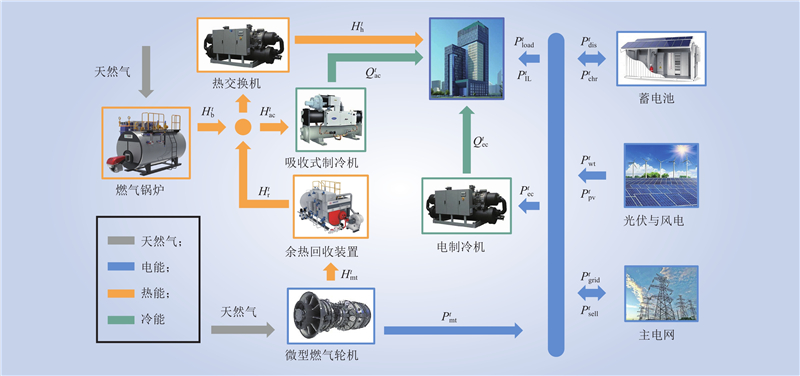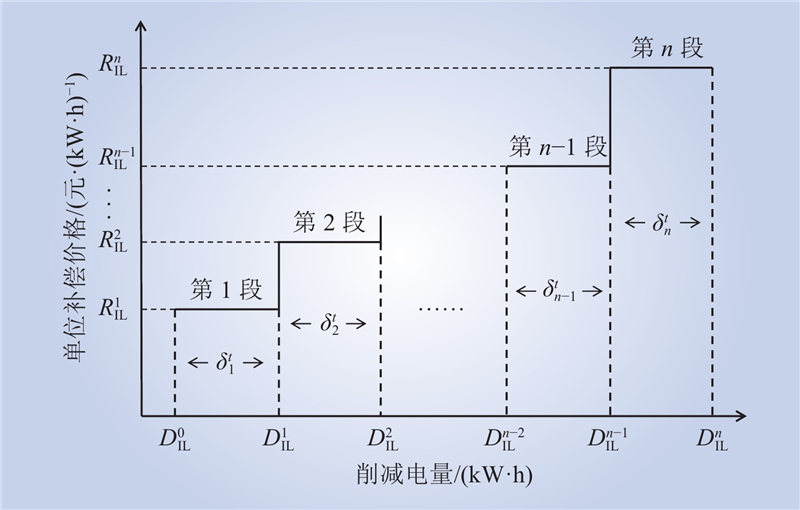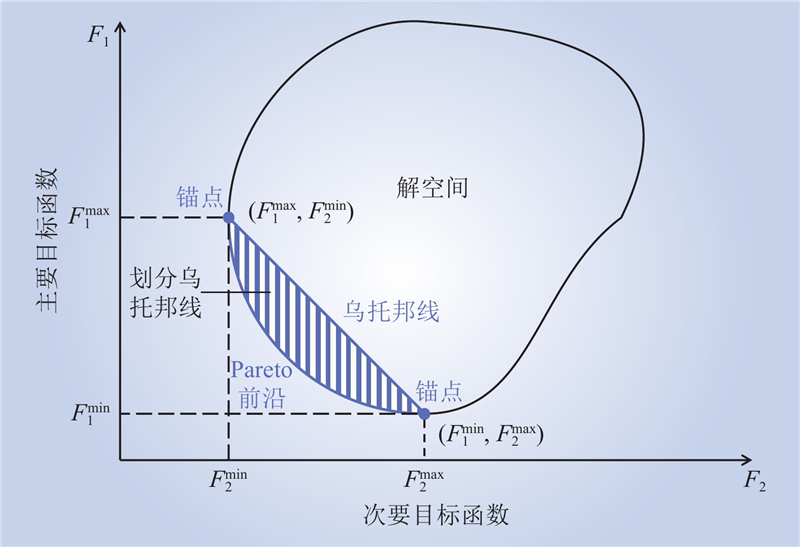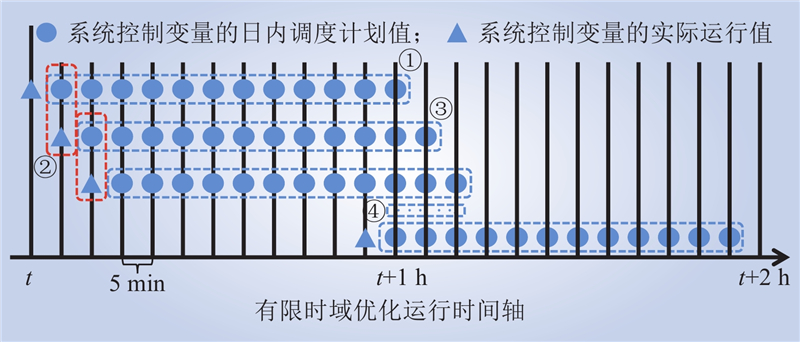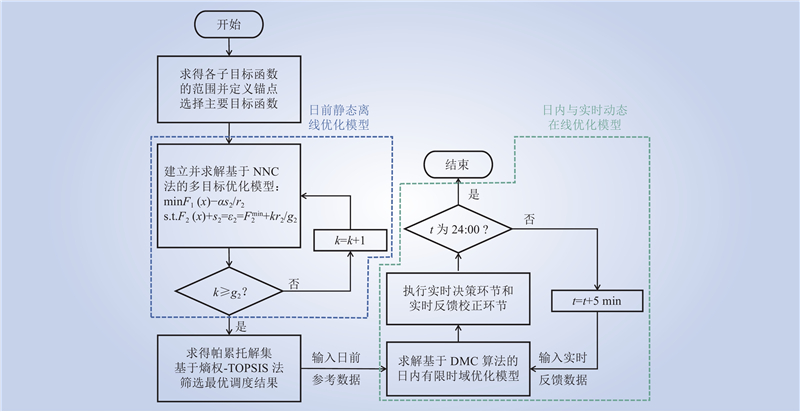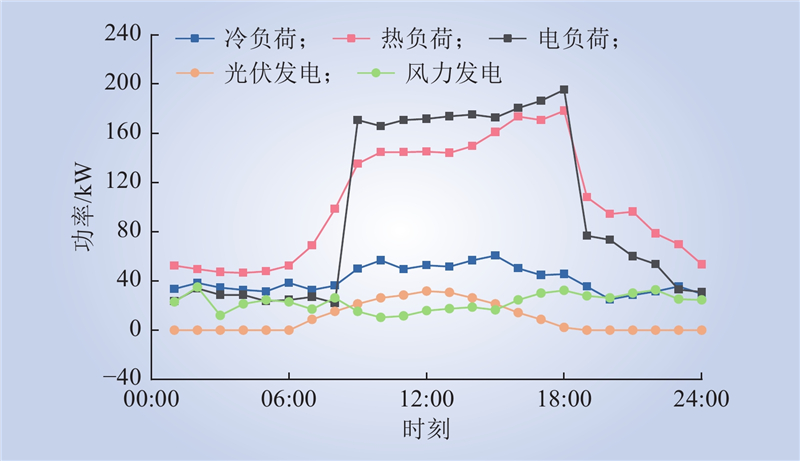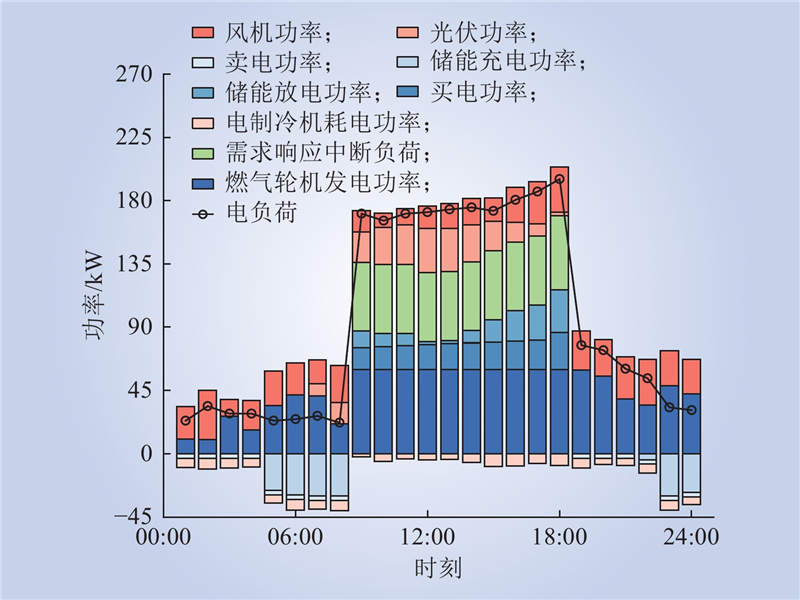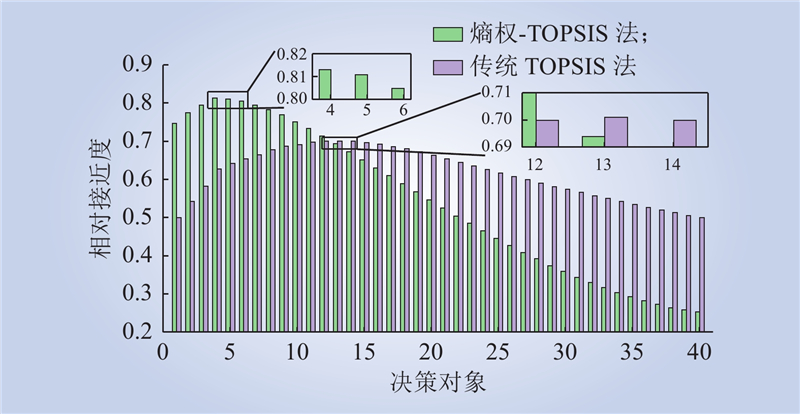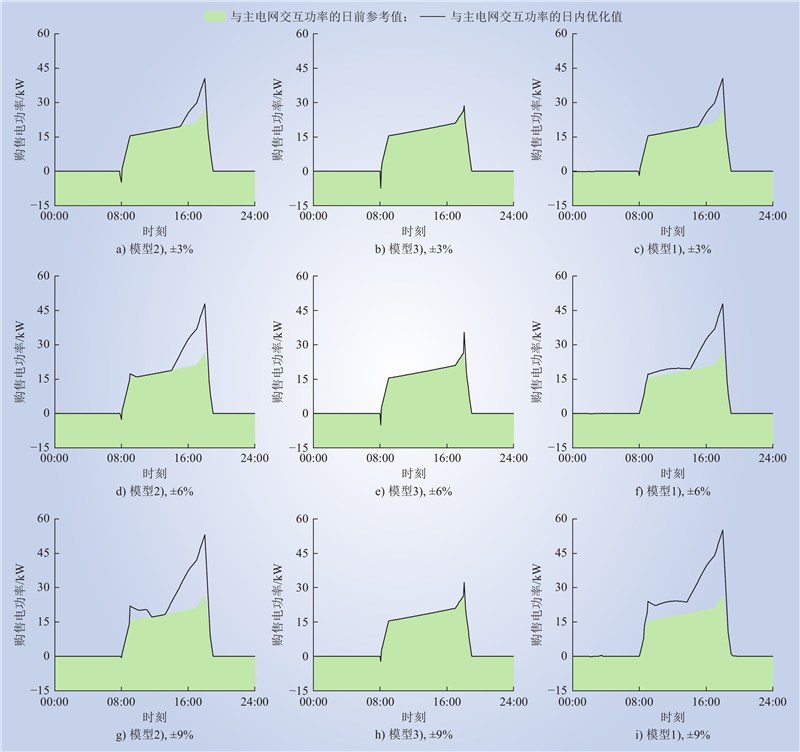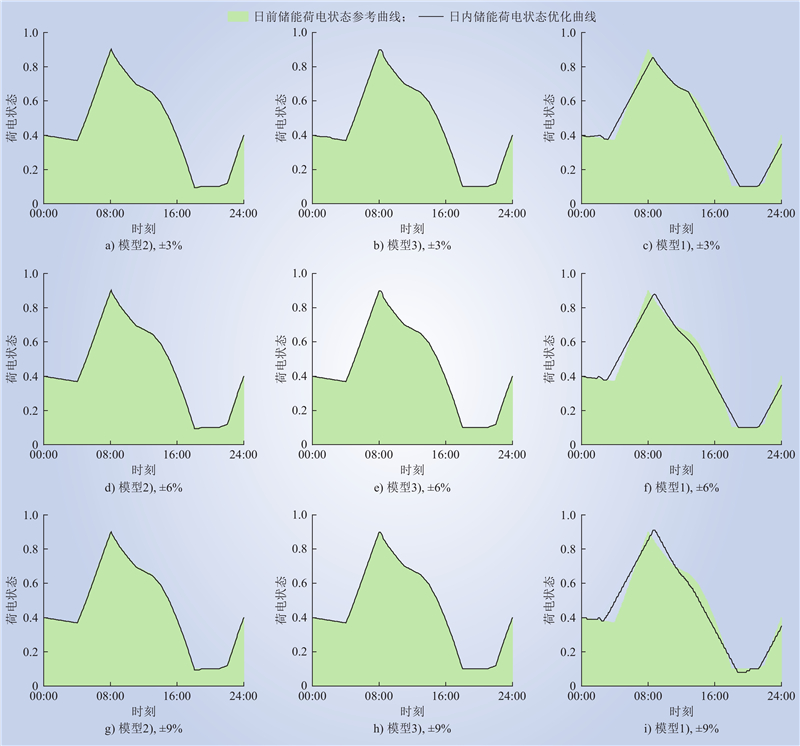| 1 |
单葆国, 冀星沛, 许传龙, 等. 近期全球能源供需形势分析及中国能源电力保供策略[J]. 中国电力, 2022, 55 (10): 1- 13.
|
|
SHAN Baoguo, JI Xingpei, XU Chuanlong, et al. Recent situation of global energy supply-demand and guarantee strategy of China’s energy and power supply[J]. Electric Power, 2022, 55 (10): 1- 13.
|
| 2 |
GU W, LU S, WU Z, et al. Residential CCHP microgrid with load aggregator: operation mode, pricing strategy, and optimal dispatch[J]. Applied Energy, 2017, 205, 173- 186.
DOI
|
| 3 |
杨永标, 于建成, 李奕杰, 等. 含光伏和蓄能的冷热电联供系统调峰调蓄优化调度[J]. 电力系统自动化, 2017, 41 (6): 6- 12, 29.
DOI
|
|
YANG Yongbiao, YU Jiancheng, LI Yijie, et al. Optimal load leveling dispatch of CCHP incorporating photovoltaic and storage[J]. Automation of Electric Power Systems, 2017, 41 (6): 6- 12, 29.
DOI
|
| 4 |
黄畅, 颜逸贤, 白尧, 等. 促进风电消纳的太阳能-燃煤热电联产系统性能研究[J]. 中国电力, 2022, 55 (5): 182- 188.
|
|
HUANG Chang, YAN Yixian, BAI Yao, et al. Performance analysis of solar-coal cogeneration system for wind power consumption[J]. Electric Power, 2022, 55 (5): 182- 188.
|
| 5 |
周晓倩, 余志文, 艾芊, 等. 含冷热电联供的微网优化调度策略综述[J]. 电力自动化设备, 2017, 37 (6): 26- 33.
DOI
|
|
ZHOU Xiaoqian, YU Zhiwen, AI Qian, et al. Review of optimal dispatch strategy of microgrid with CCHP system[J]. Electric Power Automation Equipment, 2017, 37 (6): 26- 33.
DOI
|
| 6 |
吴强, 韩俊, 金颋, 等. 冷热电联供型孤岛微电网环保经济调度模型[J]. 中国电力, 2021, 54 (12): 137- 142.
|
|
WU Qiang, HAN Jun, JIN Ting, et al. Environmental and economic dispatch model for island microgrid of combined cooling, heating and power[J]. Electric Power, 2021, 54 (12): 137- 142.
|
| 7 |
HASHEMI S M, ARASTEH H, SHAFIEKHANI M, et al. Multi-objective operation of microgrids based on electrical and thermal flexibility metrics using the NNC and IGDT methods[J]. International Journal of Electrical Power & Energy Systems, 2023, 144, 108617.
|
| 8 |
LIU Z Q, CUI Y P, WANG J Q, et al. Multi-objective optimization of multi-energy complementary integrated energy systems considering load prediction and renewable energy production uncertainties[J]. Energy, 2022, 254, 124399.
DOI
|
| 9 |
GUO J C, ZHANG P W, WU D, et al. Multi-objective optimization design and multi-attribute decision-making method of a distributed energy system based on nearly zero-energy community load forecasting[J]. Energy, 2022, 239, 122124.
DOI
|
| 10 |
崔杨, 姜涛, 仲悟之, 等. 考虑风电消纳的区域综合能源系统源荷协调经济调度[J]. 电网技术, 2020, 44 (7): 2474- 2483.
DOI
|
|
CUI Yang, JIANG Tao, ZHONG Wuzhi, et al. Source-load coordination economic dispatch method for regional integrated energy system considering wind power accommodation[J]. Power System Technology, 2020, 44 (7): 2474- 2483.
DOI
|
| 11 |
桑博, 张涛, 刘亚杰, 等. 多微电网能量管理系统研究综述[J]. 中国电机工程学报, 2020, 40 (10): 3077- 3093.
DOI
|
|
SANG Bo, ZHANG Tao, LIU Yajie, et al. Energy management system research of multi-microgrid: a review[J]. Proceedings of the CSEE, 2020, 40 (10): 3077- 3093.
DOI
|
| 12 |
程杉, 黄天力, 魏荣宗. 含冰蓄冷空调的冷热电联供型微网多时间尺度优化调度[J]. 电力系统自动化, 2019, 43 (5): 30- 38.
|
|
CHENG Shan, HUANG Tianli, WEI Rongzong. Multi-time-scale optimal scheduling of CCHP microgrid with ice-storage air-conditioning[J]. Automation of Electric Power Systems, 2019, 43 (5): 30- 38.
|
| 13 |
WU Z H, YANG L H, WU X A. Coordinative control of combined heat and power integrated energy system using dynamic matrix control[C]//2022 4th International Conference on Electrical Engineering and Control Technologies (CEECT). Shanghai, China. IEEE, 2022: 1227–1231.
|
| 14 |
魏震波, 张海涛, 魏平桉, 等. 考虑动态激励型需求响应的微电网两阶段优化调度[J]. 电力系统保护与控制, 2021, 49 (19): 1- 10.
DOI
|
|
WEI Zhenbo, ZHANG Haitao, WEI Ping'an, et al. Two-stage optimal dispatching for microgrid considering dynamic incentive-based demand response[J]. Power System Protection and Control, 2021, 49 (19): 1- 10.
DOI
|
| 15 |
吴悔. 考虑灵活性的电力系统高维多目标安全约束机组组合问题的求解方法[D]. 广州: 华南理工大学, 2021.
|
|
WU Hui. A solution method for high-dimensional multi-objective unit commitment problem with security constraints in power system considering flexibility[D]. Guangzhou: South China University of Technology, 2021.
|
| 16 |
李清, 刘明波, 杨柳青. 求解交直流互联电网多目标无功优化问题的INNC法[J]. 中国电机工程学报, 2014, 34 (7): 1150- 1158.
DOI
|
|
LI Qing, LIU Mingbo, YANG Liuqing. INNC method applied to multi-objective reactive power optimization in AC/DC interconnected power grid[J]. Proceedings of the CSEE, 2014, 34 (7): 1150- 1158.
DOI
|
| 17 |
AGRAWAL S, PANIGRAHI B K, TIWARI M K. Multiobjective particle swarm algorithm with fuzzy clustering for electrical power dispatch[J]. IEEE Transactions on Evolutionary Computation, 2008, 12 (5): 529- 541.
DOI
|
| 18 |
梁海平, 田圣双, 李秋燕, 等. 基于改进TOPSIS灰色关联投影法的主网网架结构评价[J]. 电力自动化设备, 2019, 39 (4): 63- 69.
DOI
|
|
LIANG Haiping, TIAN Shengshuang, LI Qiuyan, et al. Main grid structure evaluation based on improved TOPSIS grey relation projection method[J]. Electric Power Automation Equipment, 2019, 39 (4): 63- 69.
DOI
|
| 19 |
刘微容, 魏域林, 刘婕, 等. 液压型风力发电机组调速系统的DMC预测控制方法研究[J]. 太阳能学报, 2021, 42 (3): 71- 75.
DOI
|
|
LIU Weirong, WEI Yulin, LIU Jie, et al. DMC predictive control method for hydraulic wind turbine system speed regulation[J]. Acta Energiae Solaris Sinica, 2021, 42 (3): 71- 75.
DOI
|
| 20 |
LI Y X, ZHANG J L, WU X, et al. Optimal design of combined cooling, heating and power multi-energy system based on load tracking performance evaluation of adjustable equipment[J]. Applied Thermal Engineering, 2022, 211, 118423.
DOI
|
| 21 |
周娣. 分布式综合能源系统动态建模和协同控制仿真研究[D]. 南京: 东南大学, 2020.
|
|
ZHOU Di. Research on dynamic modeling and collaborative control simulation of distributed integrated energy system[D]. Nanjing: Southeast University, 2020.
|
| 22 |
CHENG Z P, JIA D Q, LI Z W, et al. Multi-time scale dynamic robust optimal scheduling of CCHP microgrid based on rolling optimization[J]. International Journal of Electrical Power & Energy Systems, 2022, 139, 107957.
|
| 23 |
YANG X H, LENG Z Y, XU S P, et al. Multi-objective optimal scheduling for CCHP microgrids considering peak-load reduction by augmented Ε[J]. Renewable Energy, 2021, 172, 408- 423.
DOI
|



